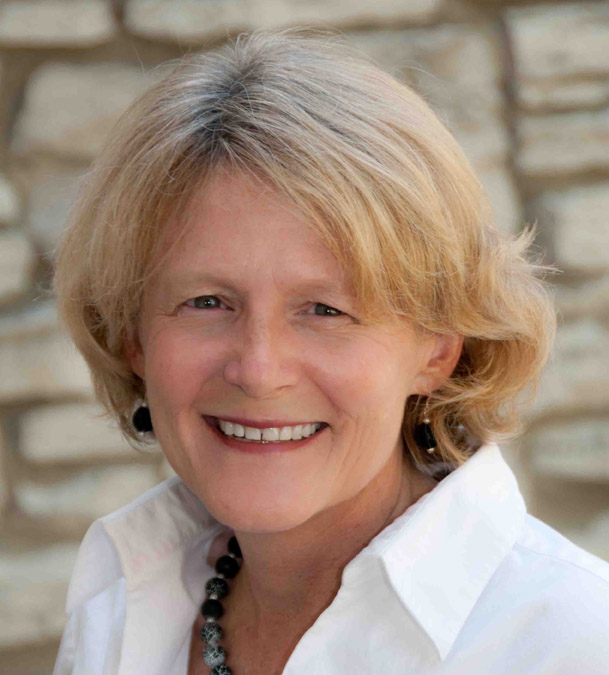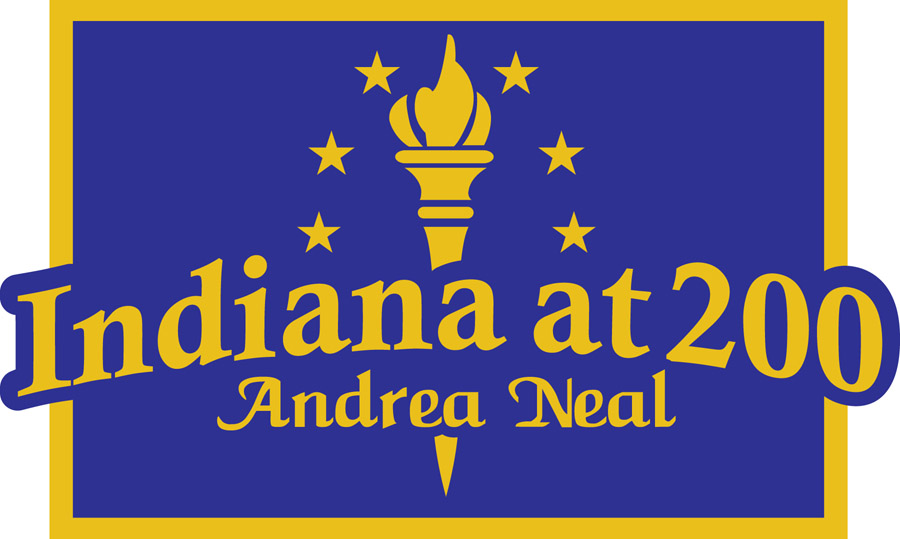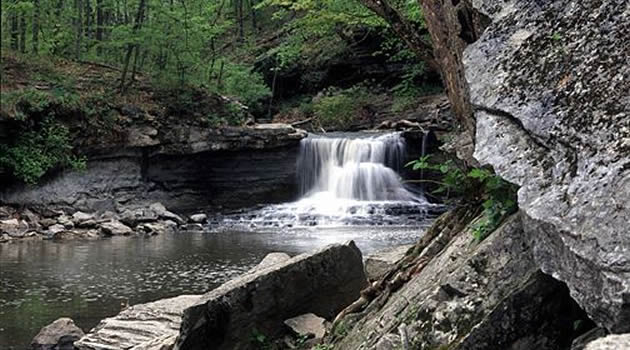State Parks Are Enduring Legacy From 1916 Centennial

Andrea Neal
By Andrea Neal
In 1916, Indiana celebrated its 100th birthday with pageants, parades and a presidential visit and gave the best gift imaginable to future generations of Hoosiers: a statewide parks system.
The planning began in 1915 when lawmakers created the Indiana Historical Commission — today the Historical Bureau — to oversee centennial events and to collect, edit and publish materials related to Indiana history. The legislature appropriated $25,000 for the occasion.
Activities ranged the gamut and almost all 92 counties got into the act:
Fayette County built a hospital and dubbed it Fayette Centennial Memorial; Jay and Carroll counties put up new courthouses as centennial projects; Tipton County raised money for a memorial fund to build a new auditorium.
Governor Samuel Ralston lobbied for better roads and convinced the General Assembly to help fund Indiana’s portion of the Dixie Highway, a north-south transcontinental route that, in part, followed today’s U.S. 31.
President Woodrow Wilson visited Indiana Oct. 12, declared by Ralston to be “Centennial Highway Day.” Wilson delivered a lengthy address to a crowd of 7,000 at the state fairgrounds coliseum, in which he addressed the benefits of the Good Roads movement.
 By far the most enduring legacy of the centennial was the establishment of the state parks system to “refresh and strengthen and renew tired people, and fit them for the common round of daily life,” as explained by conservationist Richard Lieber, who had advocated land preservation since the early 1910s.
By far the most enduring legacy of the centennial was the establishment of the state parks system to “refresh and strengthen and renew tired people, and fit them for the common round of daily life,” as explained by conservationist Richard Lieber, who had advocated land preservation since the early 1910s.
In something of a timely coincidence, the state was preparing for the centennial just as a pristine natural forest area in Parke County – a place called Turkey Run – was advertised for sale. The Hoosier Veneer Company of Indianapolis wanted to buy the land for its virgin timber.
By the time the property went up for public auction, the movement to establish a state park system was underway. Lieber had been named to the Historical Commission, and the commission had established a park committee. No tax dollars were available for land acquisition, so the committee set about the task of raising money privately to buy Turkey Run.
In the meantime, Owen County citizens learned of plans by the estate of Frederick W. Denkewalter to sell McCormick’s Creek Canyon, a limestone and wooded area with flowing creek and scenic waterfall. The parks committee agreed to buy that land if Owen County residents chipped in one-fourth of the $5,250 price. They readily agreed.

McCormick’s Creek was Indiana’s first state park, notable for its limestone canyon, flowing creek and scenic waterfalls. McCormick’s Creek State Park is 2 miles from Spencer, just off SR 46 at 250 McCormick’s Creek Park Road. (Photo by Indiana Department of Natural Resources)
“Thus, McCormick’s Creek Canyon – and not Turkey Run – became the first link in the chain of parks established by the people of Indiana on the 100th anniversary of their statehood,” observed Suellen M. Hoy, writing in the September, 1975, Indiana Magazine of History.
As for Turkey Run, Hoosier Veneer paid $30,200 for the property at auction, but bowed to pressure from the public and newspaper writers and, in November, 1916, sold it to the parks committee for a tidy $10,000 profit.
Lieber became nationally known for his role in the state parks movement and was named the first director of the Indiana Department of Conservation, today the Department of Natural Resources. The parks system rapidly expanded under his leadership. By 1930, there were nine parks with 479,000 visitors a year.
From the beginning, the parks charged an admission fee, initially 10 cents, because of Lieber’s insistence they be somewhat self-supporting.
Today, the standard daily entry fee is $7 for a carload of Hoosiers or $50 for an annual pass. The DNR operates 27 state parks, eight lakes, 14 state forests, 25 fish and wildlife areas and 16 nature preserves.
Note to readers: This is one in a series of essays leading to the celebration of the Indiana Bicentennial in December. The essays focus on the top 100 events, ideas and historical figures of Indiana, beginning with the impact of the Ice Age and ending with the legacy of the bicentennial itself. Neal is a teacher at St. Richard’s Episcopal School, Indianapolis, and adjunct scholar with the Indiana Policy Review Foundation. Contact her at [email protected].
